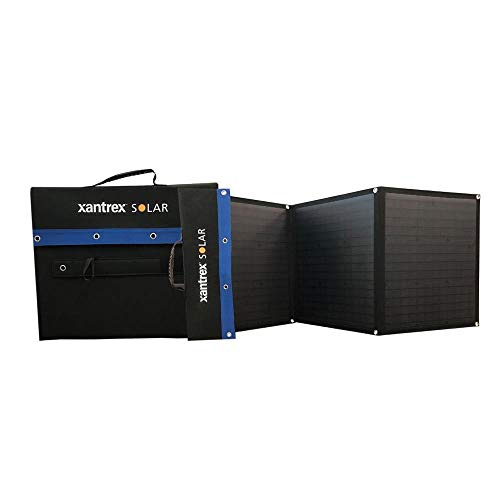Something to consider is the idea of designing things so the floor is easily removable and cheap to replace or take out to clean. It is possible to mount or secure cabinets, beds and counters to the walls. There is no good reason to mount plywood to the floor when it can be cut to hold itself in place when installed. Most modern laminate flooring is “free floating” and some have foam insulation as well I believe making a solid wood floor unnecessary. I would think with pets being able to remove the flooring easily for cleaning or replacement would be a much better solution, not to mention allowing the floor to dry out every so often.




























































